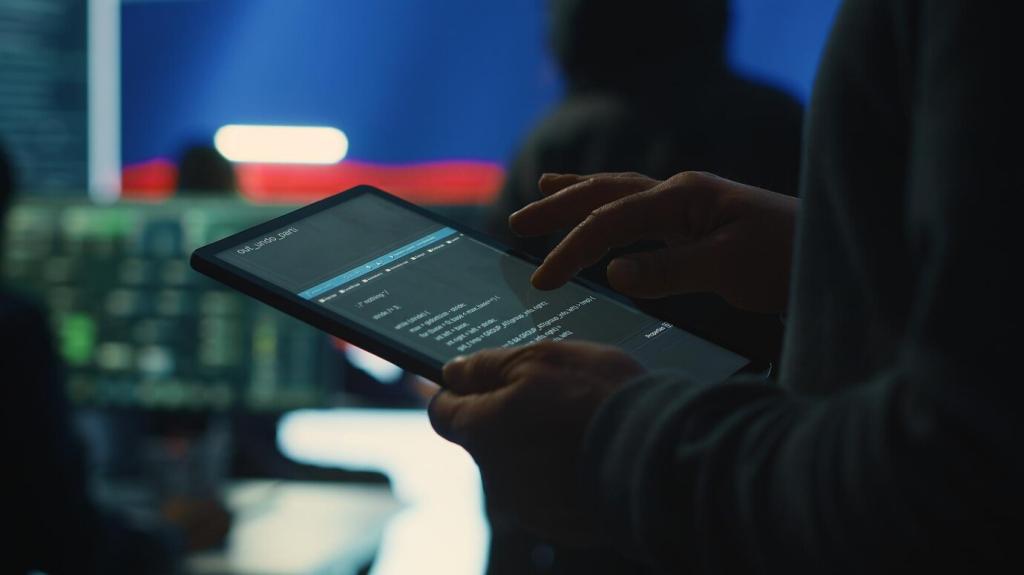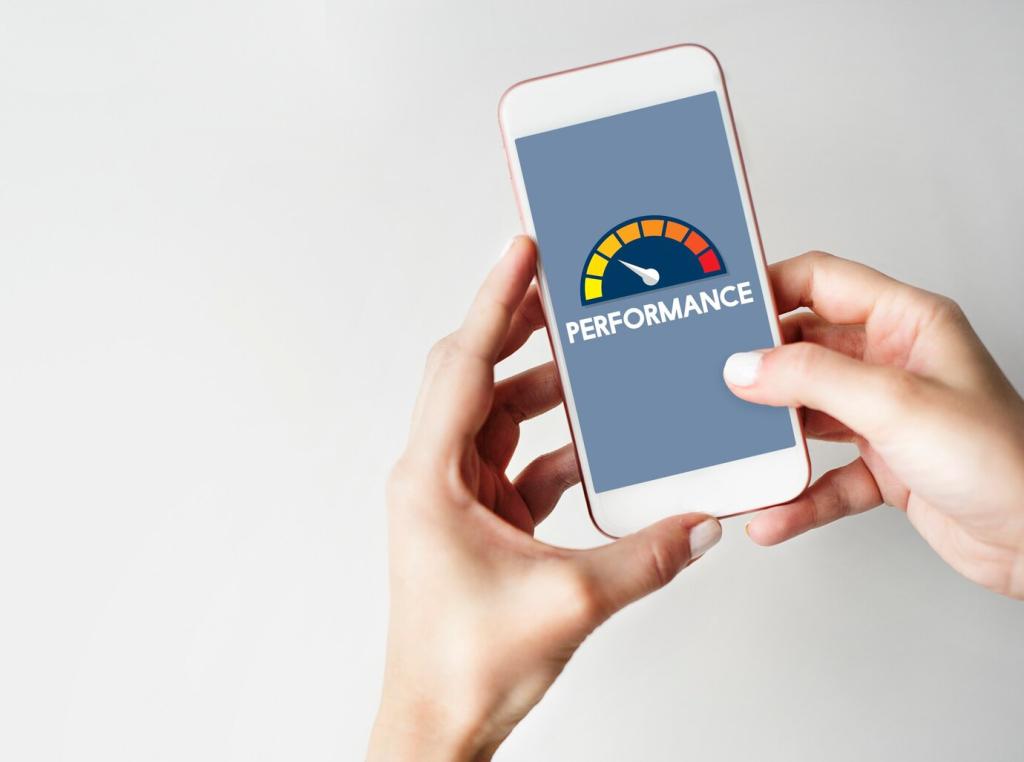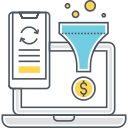Mastering Mobile App Performance Testing Techniques
Defining Performance Goals That Matter

Essential Mobile KPIs
Track cold and warm start times, median and p95 frame time, time-to-interactive, network latency, memory footprint, and crash-free sessions. These mobile-focused KPIs translate directly into perceived speed and sustained daily engagement.

User-Centric SLAs
Define SLAs by context: search results within one second on Wi‑Fi, two seconds on 3G, and 60 FPS scrolls on mid-range devices. Align teams on realistic thresholds that match real user expectations and device diversity.

A Quick Story: The Two-Second Turnaround
A fintech startup cut cold start from 3.8 to 1.9 seconds by lazy-loading analytics, trimming fonts, and precompiling layouts. Activation rose eight percent week over week. Set bold targets, then measure relentlessly.
Building a Trustworthy Test Environment
Prioritize by market share, chipset families, GPU generations, and memory tiers. Include at least one low-end, one mid-range, and one flagship per platform to reveal performance cliffs hidden by premium hardware.


Building a Trustworthy Test Environment
Shape bandwidth, latency, jitter, and packet loss for Wi‑Fi, 4G, and challenging 3G scenarios. Throttle upstream separately, and test handoffs between radios. Many bottlenecks only emerge under inconsistent, lossy conditions.
CPU and Memory Profiling
On Android, use Android Studio Profiler and method tracing; on iOS, Instruments Time Profiler and Allocations. Hunt object churn during navigation, trim JSON parsing overhead, and pre-size collections to prevent costly reallocations.
Rendering and Frame Stability
Inspect frame timelines, overdraw, and layout passes. Reduce nested views, precompute measurements, and cache images at the right resolution. Aim for steady frame pacing, not just average FPS, to avoid micro-stutters users notice.
Power and Thermal Impact
Profile energy with Instruments Energy Log and Android Battery Historian. Busy loops, GPS polling, and chatty networking throttle performance indirectly by inducing thermal throttling. Lower power often equals smoother, longer sessions.
Network, Caching, and Offline Resilience
Latency Budgeting and Request Batching
Create a latency budget per screen and batch noncritical requests. Compress payloads, prefer HTTP/2 or HTTP/3, and reuse connections. Measure tail latencies because the slowest calls dictate the overall user experience.
Caching Strategies You Can Test
Validate correct use of ETags, Cache-Control, and local caches for images and API responses. Measure cache hit rates, memory pressure, and staleness rules. Faster, predictable screens often come from disciplined caching.
Offline-First Degradation and Sync
Test queued writes and conflict resolution under airplane mode. Show content placeholders, not spinners, and synchronize aggressively yet safely when connectivity returns. Users forgive offline gaps, not frozen, confusing interfaces.



Automation and Continuous Performance
Performance Gates in CI
Automate startup and scroll tests on real devices nightly. Fail builds when p95 metrics exceed budgets. Stabilize with warm-up runs, fixed data seeds, and pinned OS images to reduce noisy fluctuations.
Stable Baselines and Regression Detection
Use rolling medians and confidence bands, not single-run numbers. Compare like-for-like devices, and annotate releases with commit SHAs. Alert on deltas that exceed agreed thresholds, then auto-link suspect changes for triage.
Actionable Reporting and Team Rituals
Share concise weekly digests: wins, regressions, and next tests. Celebrate saved milliseconds with before-and-after videos. These rituals sustain momentum and keep performance testing techniques central to product culture.
